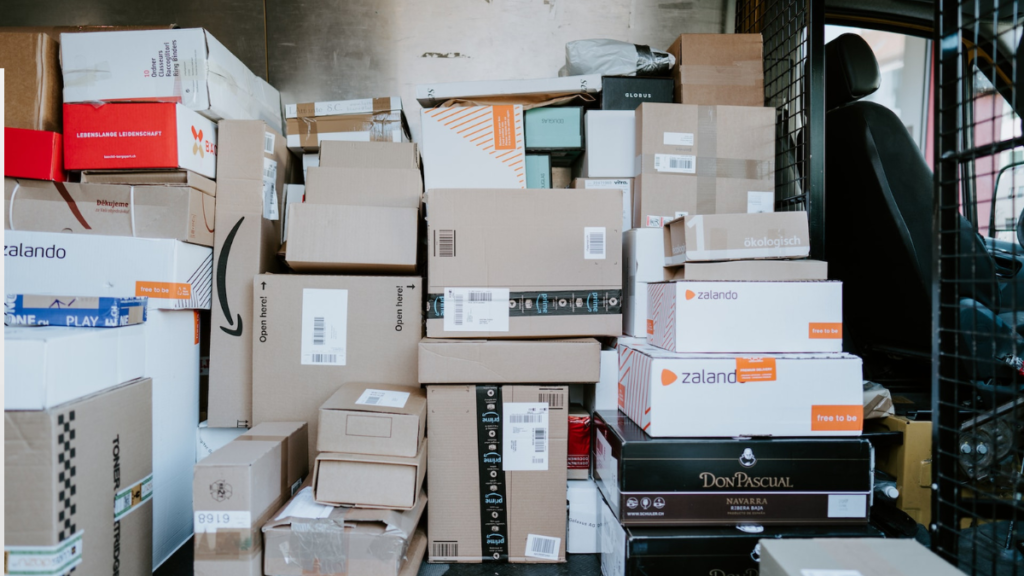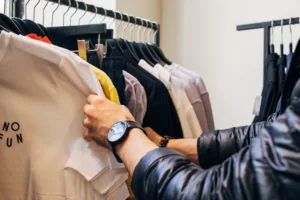ZigZag Global, a return management software provider, that works with the likes of Selfridges, boohoo, and Zara has found that returns of Christmas gifts and sale items has increased drastically since last year – up 48%. However, the total value of returned goods has decreased by over a quarter (26%). This demonstrates that during the current ‘cost of living crisis’ consumers are continuing to shop but are spending less on more and are being more decisive when it comes to buying higher priced products.
Commenting on data findings, Al Gerrie, CEO at ZigZag added:
“The contrast in the volume of returns increase and the value of returns decrease is intriguing but indicative of the current economic climate. These figures suggest that, as we head into 2023, consumers are still willing to shop, but that the strain on disposable income is changing buying behaviours.
These findings suggest that consumers are demanding more quality from their everyday spending and fast fashion items. They are more than happy to return low-value items if they don’t meet expectations. Consumers are still buying luxury items, despite the economic conditions, but these figures show there’s less impulse in this area, with consumers making much more conscious and considered choices.
I expect 2023 will be an interesting year for the retail industry, with more retailers looking to introduce paid returns, and consumers wanting more flexibility and choice in their return options in exchange. Watch this space”.
Additionally, ZigZag has seen more people returning lower value items this festive season, with the lowest cost items returned costing just 1p. That’s not to say, expensive items aren’t being returned with the most expensive this year being an 18 carat gold, diamond-cut bracelet costing £14,700.
Also, as more retailers started charging for returns in 2022, it’s no surprise that paid returns were up by 158% this year compared to last year with consumers largely willing to cover the cost of returns. Consumers are also embracing more sustainable returns with 68% choosing paperless returns during the festive break.
Locker drop offs were up 108% this year which further represents the rise of the sustainable shopper. Locker returns eliminate emissions from missed deliveries and makes courier journeys more efficient by travelling to a single location. Shoppers once again headed to lockers to drop off unwanted gifts in the early hours of Christmas morning. Despite the recent postal strikes, returns via the Post Office were also up by 65% YOY.
From a regional perspective, aside from seemingly hard to please Londoners, the biggest returning areas over the festive period were Glasgow, Birmingham, and Manchester, with the latter seeing an impressive 51% rise in the number of returns. In stark contrast, shoppers in Liverpool were least likely to return items, with a 41% decrease in return volumes in the region.
Additional comments from Al on 2023 retail trends:
Paid Returns:
“At ZigZag we know that there is no such thing as a ‘free return’ and it falls on retailers to pay for the hidden costs. Next year I expect to see more retailers introducing paid returns as they look to recoup lost profit. With that said, retailers may use free returns as an incentive or a reward for loyalty, particularly as the continued cost of living crisis continues and record-level inflation ensues.
Also, across Black Friday weekend in the UK we found that the number of paid returns was up 159% and free returns dropped. It is likely this trend will continue into the new year as consumers continue to be more discerning about their purchases”.
Sustainability:
Sustainability has risen to the top of the agenda for both consumers and retailers in recent years and shows no signs of slowing down. In fact, we found that during the Black Friday weekend, there was a 64% global increase in paperless returns requests, which just goes to show that consumers are becoming much more environmentally savvy. With retailers encouraging shoppers to choose greener returns options, we expect that consumers will become more au fait with green solutions in 2023.
Choice is key:
The retailers that offer choice and flexibility in their returns have been the ones to succeed in 2022. As such, we expect more retailers to offer a combination of returns options, particularly return to gift card, live exchange and repair, resale and rental, over the next twelve months. In 2022 there has been a greater emphasis on the part of retailers to save the sale and keep items in the circular economy. Through increasing the return offering and providing greater choice to consumers, more retailers will continue to hit this balance and get the returns process right in 2023”.











